I know I’m not the only new baker who’s been looking up the best yeast bread recipes for beginners these past few weeks. Based on the flour and yeast shortages in my local supermarkets (and the photos in my own Instagram feed), I have now learned first-hand how incredibly satisfying it is to pull beautifully crusty bread from the oven that you’ve made all by yourself.
As a relative newbie to the world of flour and yeast, it’s been quite the education — even for someone who has always done a ton of cooking for my family of five. And while I still have plenty to learn (don’t even talk to me about sourdough yet), I’ve picked up so many tips already that are making my homemade bread even better.
So if you are lucky enough to get your hands on bags of “gold” — er flour and yeast — I wanted to share a few yeast bread recipes for beginners that consistently have turned out great results for both me and others writers at Cool Mom Picks, plus a few tips that have really helped me along the way.
(Don’t skip those tips at the bottom, trust me!)
Best of all, none of them require a bread machine or any special equipment at all. And if you can’t find flour and yeast right now, I have a few ideas for where to find them right now if your regular supermarket is out.
CMP is an rstyle affiliate
Homemade bread recipes and tips for beginners
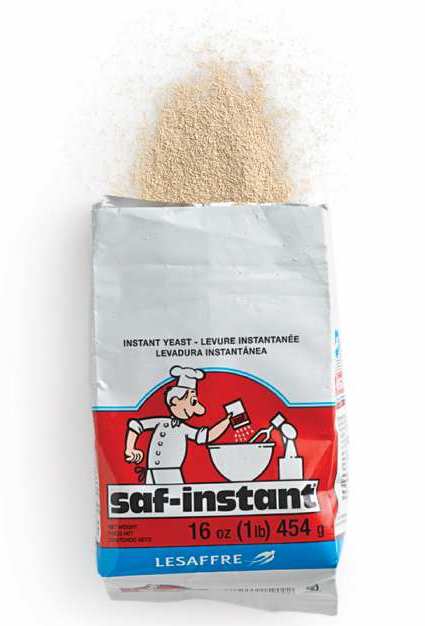
Before we get into the recipes, just a quick note about yeast and flour:
Yeast Tips
Please pay attention to the yeast called for in a recipe; most will specify either active dry yeast or instant yeast. These are different! (As Liz will attest, when she accidentally swapped one for another on her first homemade bread attempt.)
If you can only get your hands on one but need the other, this article about yeast from Cooks Illustrated includes good substitution information. However, in my favorite bread recipes from Alchemy Bread’s cookbook Bread Baking for Beginners (featured below), you can use either one interchangeably. Just know that this is not always the case.
Flour Tips
For flour, most of the recipes below call for all-purpose flour which is different from bread flour. Bread flour includes more protein, which gives you a slightly higher rise and more gluten, which makes the bread chewier.
If you only have all-purpose flour on hand, it can absolutely be used in place of bread flour, no problem. Or if the supermarket only has bread flour on the shelves, that’s fine too. A helpful post on the King Arthur Flour site describes the different results between bread flour and all-purpose flour and you can tell the results are pretty close. The bread flour helps a loaf hold its shape a little better, and has smaller holes inside (a “tighter crumb”).
Are you a gluten-free household? No worries! King Arthur Flour’s Gluten Free Measure-for-Measure Flour is made to be a 1:1 substitute for any recipes that call for all-purpose flour. It’s currently on backorder for a few weeks, but it’s worth ordering now while you can.
And if you’re having trouble finding either flour or yeast, I suggest you call your favorite local restaurants and bakeries, most of which will sell you bulk ingredients right now. Best of all, it gives you another way to support a small business that you love.
With that, let’s get to the recipes!
1. The easiest beginner yeast bread recipe in less than 3 hours
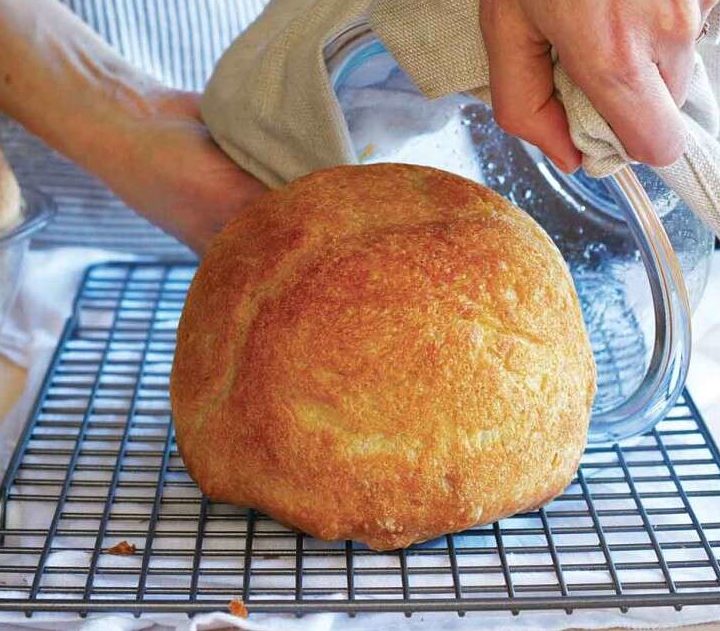
If I were teaching a bread making class, I’d start with this simple and quick no-knead Peasant Bread recipe from King Arthur Flour. In less than three hours, you will go from a sticky, wet blob in a bowl to this beautifully golden loaf. It’s a real confidence builder for beginners.
Brushed lightly either with water or an egg wash if you want a shinier finish, this crust is thin and crisp, not thick and chewy as other no-knead breads, which makes it great for sandwiches or little kids who may not want to gnaw on crust.
It’s also versatile: You can bake one big loaf, or two smaller loaves in a glass dish or loaf pan.
2. My favorite no-knead bread you can start at lunch and eat by dinner
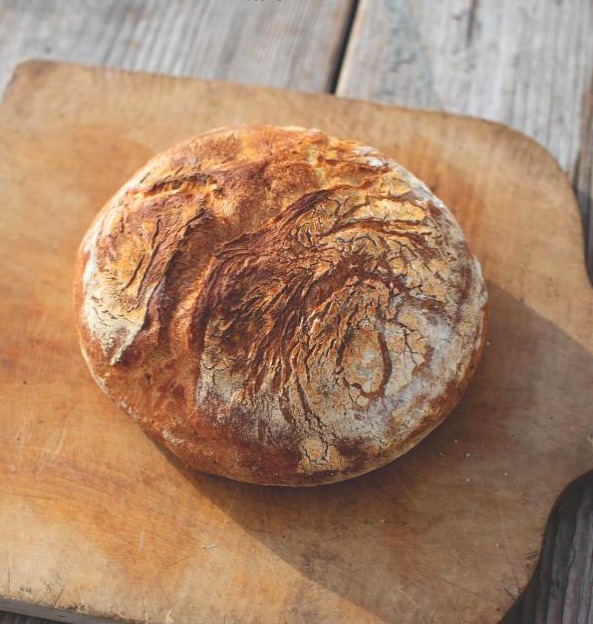
I’ve made Alchemy Bread’s no-knead boule several times from Bonnie Ohara’s awesome cookbook Bread Baking for Beginners. An excellent resource if you’d like to really get into baking during the quarantine, her cookbook has options with different lengths of rising time so you can pick the recipe that best fits your schedule. Plus, her advice is invaluable and has helped me become a much better bread baker.
Without the book In hand, try this Beginner’s Boule recipe, published in Parents Magazine and featured on her blog.
I love that you can start this loaf around lunchtime and have it on the table by dinner. But rest assured, other than a few minutes spent mixing, most of this time this dough just hangs out unattended.
When it’s time to bake, Bonnie uses the popular “Dutch oven” method of baking crusty bread which uses steam trapped inside the lid of a heavy pot to keep the dough moist as it bakes evenly at a high temperature. But, if you do not have a Dutch oven, no worries; there’s a tip below to create the same effect.
3. Best easy bread when you are down to your last packet of yeast
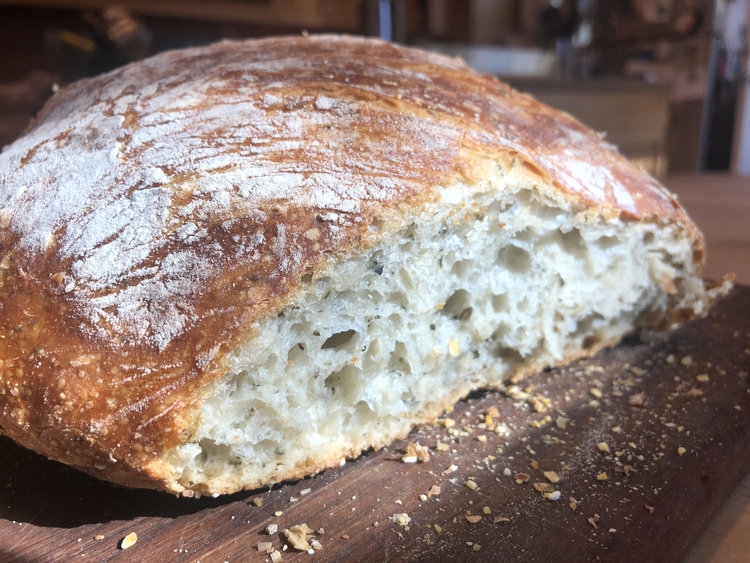
I know many people are holding those precious packets of yeast close and trying to use them sparingly since yeast can be so hard to find in stores or online. If that is the case in your kitchen, Mark Bittman’s overnight no-knead recipe may be the perfect one for you as it requires a scant one-half teaspoon of yeast to make a gorgeously crispy no-knead loaf of bread.
The catch? You’ll be starting this bread a full day ahead of time to give that little bit of yeast time to grow into a powerhouse that can create such an airy bread (otherwise known as an “open crumb” in baker speak).
This is the one my editor Liz made (she didn’t have a dutch oven either), and while she bombed her first one, she loved the results with her second.
And we both learned that in a recipe like this, the type of yeast used is important! It calls for instant yeast, so that’s what you should use. Otherwise the results will be edible…but probably not what you were going for.
Related: The best bread makers at the best prices right now, as we all settle in for a long few months
4. An easy, big-batch recipe for dough you want to last for days
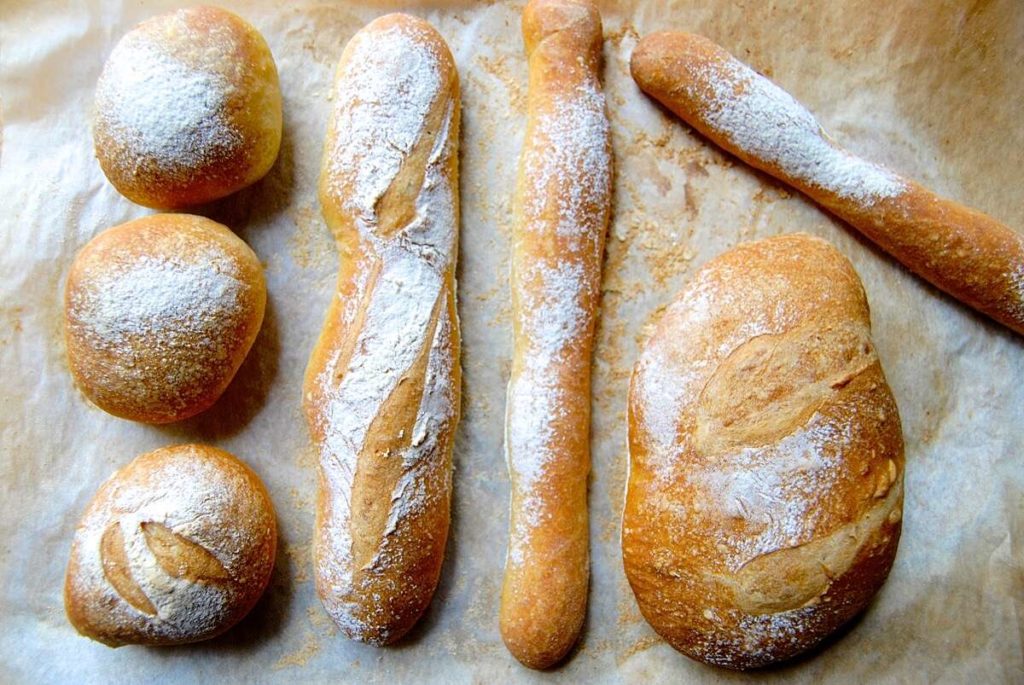
If you want to make enough dough to feed a lot of hungry, bread-loving mouths, or if you’d like to have one dough that lasts for days, this tried-and-true Crusty White Bread from King Arthur Flour comes together beautifully (shown at top as well).
Then, it just sits in your fridge for up to a whole week, while you pull off chunks to shape and bake as needed.
This is the bread my sister, a Cool Mom Eats contributor and terrific baker herself, makes again and again. Mainly because it requires only a few minutes of effort for multiple days of bread. Plus, you can easily vary the shape of your loaf as shown above, so that your family will think you are a magical baking powerhouse.
5. A super-simple kneaded white bread recipe for sandwiches or toast
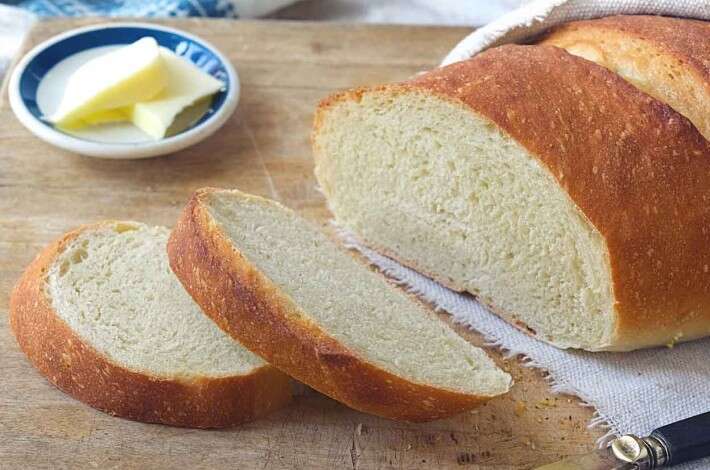
Ready to move on to kneaded breads?
Our publisher Kristen is lucky enough to have a husband who makes this lovely Easy Perfect Yeast Bread from Gather for Bread for her family. The recipe calls for active dry yeast, but if you only have instant, check out the original Heart Bread recipe on King Arthur Flour so that you get the yeast amounts just right.
Either recipe makes two nicely sized loaves of white bread that are yummy fresh out of the oven, or sliced the next day.
But the best part is it’s a perfect introductory way to learn how to knead bread, opening the door to even more complex recipes and types of bakery treats you can make at home.
6-7. Crusty and hearty homemade honey wheat bread, two ways

I made this!
If you have whole wheat flour, or just prefer the taste of whole wheat over white flour, let me introduce you to this Kindergarten Honey-Wheat Bread recipe from Bonnie Ohara of Alchemy Bread’s Bread Baking for Beginners.
Whether or not you get the kids involved in making it is up to you, but it is aptly named because it is a very approachable bread recipe for beginners, and lets you use two flours blended together
Do not be intimidated!
If you have little helpers, they’ll enjoy shaping the bread any way they’d like: Into snails, balls, or even snakes. The finished product has a satisfyingly thin-crisp crust and slices beautifully for sandwiches or toast with loads of butter and more honey drizzled on top. That’s own my first loaf, above, and, yes, it was delicious.
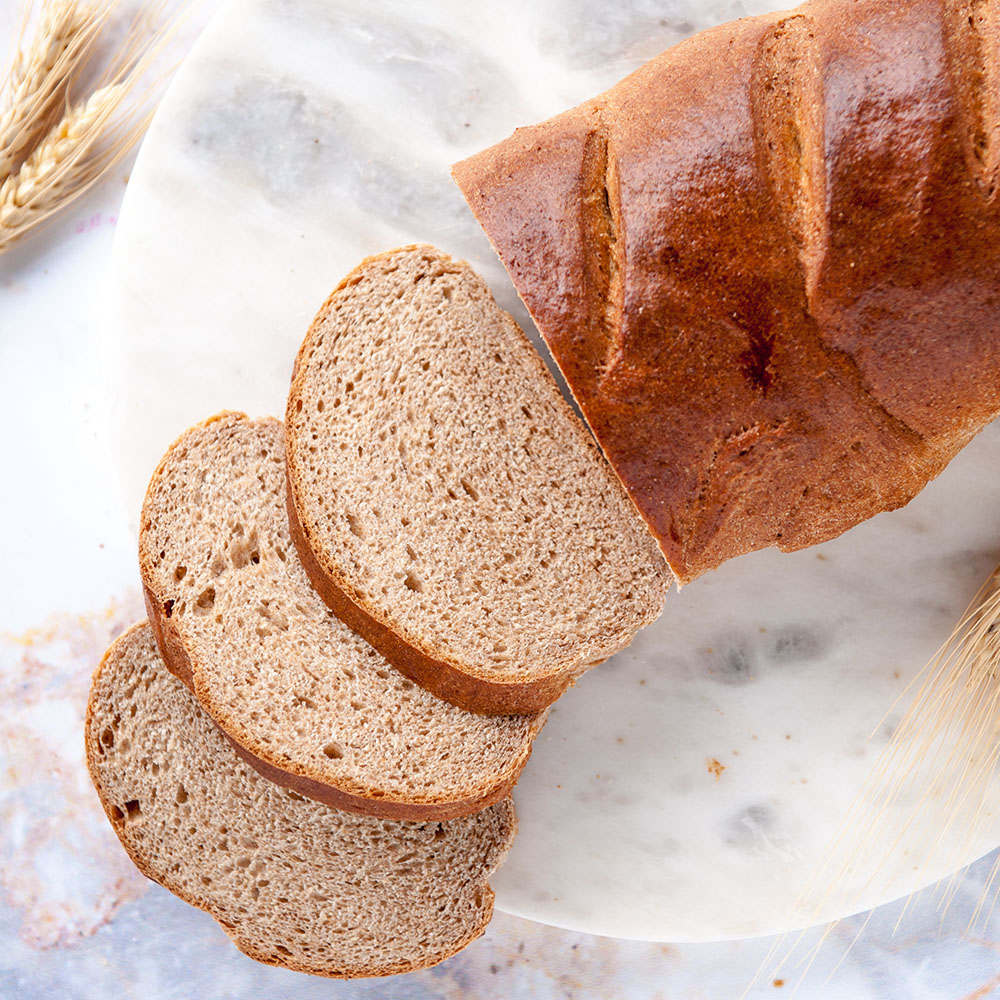
Our team’s Lisa Barnes highly recommends this Honey Whole Wheat bread recipe from Sugar Geek Show, which uses only whole wheat flour for an even heartier flavor. I love the suggestion for coating the exterior with seeds and oats to give the bread a satisfying crunch.
Plus, it makes use of instant yeast, and it’s ready in just 60 minutes! What a great bread recipe for getting a fresh loaf on the table in time for dinner without much planning.
My top bread baking tips for beginners:
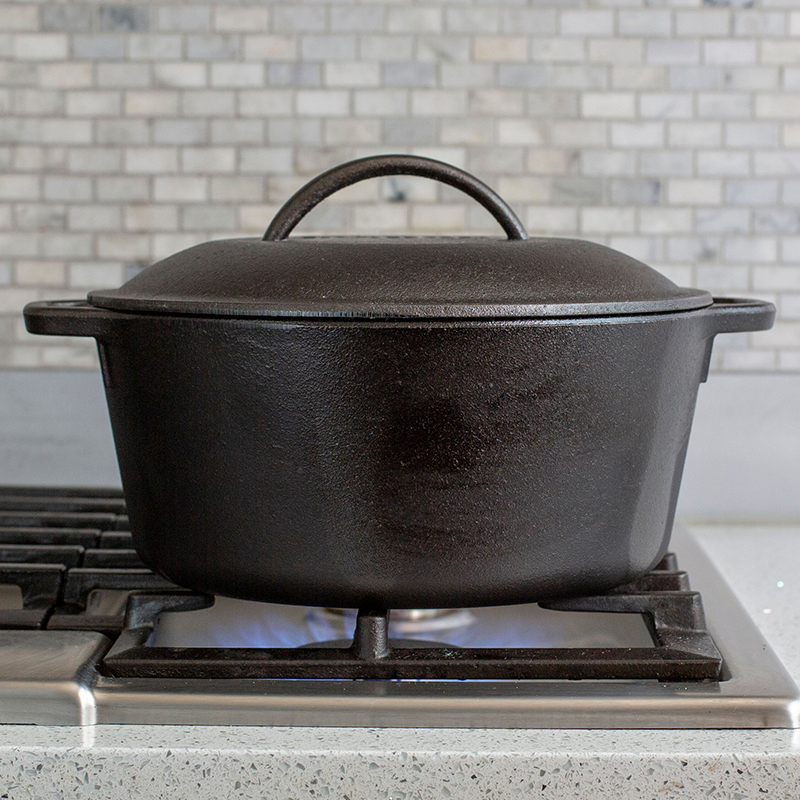
- If you have a kitchen scale, use it for measuring your ingredients, especially flour. It’s far more accurate to bake using weight instead of cups or tablespoons. Liz has been happy with this simple digital kitchen scale from Williams-Sonoma that’s now on sale under $13.
- If you do not have a food scale, it’s important not to pack your flour tightly into the measuring cup, or you will inadvertently put too much into your recipe. Watch any expert video, including the one from Mark Bittman, and you’ll see that they scoop the flour into the measuring cup to keep the measurements right.
- Don’t worry about buying specialized bread baking equipment. I use my hands instead of a dough scraper to get the dough out of the bowl just fine. And if you don’t have a “banneton” or proofing basket, a strainer lined with a floured tea towel is a fine substitute.
- If a bread recipe calls for a Dutch oven, know that you can substitute this with any lidded pot that can withstand high heat, such as a high-quality stainless steel pot from Cuisinart or OXO. Just be sure the lid is also oven-proof to high temperatures, and doesn’t have a plastic handle. (In fact, one complaint with Le Creuset dutch ovens is that the black phenolic lid knobs will met over 375°F)
- No lidded pot? Some people place a cookie pan over the top of the pot for an easy hack. Otherwise, you can create the steam you need by heating some water in a pan that’s placed on the rack beneath the one holding your bread in an oven-safe pot without a lid. The water will steam and disperse inside the closed oven.
- If you do want to invest in a Dutch oven, you probably hear a lot about Le Creuset vs Staub. Here’s a tip though: Lodge makes outstanding cast iron dutch ovens (above) that are wayyyyy more affordable. We’re talking $50 instead of more than $300 for a 5-quart Dutch oven. They’re not as pretty as the colorful ones, but they get high ratings from everyone.
- My most important piece of bread-making advice for beginners: If you do find yourself with a lump of dough that will not rise, do not throw it out or give up baking! Baking mishaps happen to everyone, and bread dough can often be salvaged. In fact, check out Leaf ‘s four ideas for what to do with bread that will not rise. Then dust yourself off (literally) and try again tomorrow. You will be so proud of yourself when it all works out!

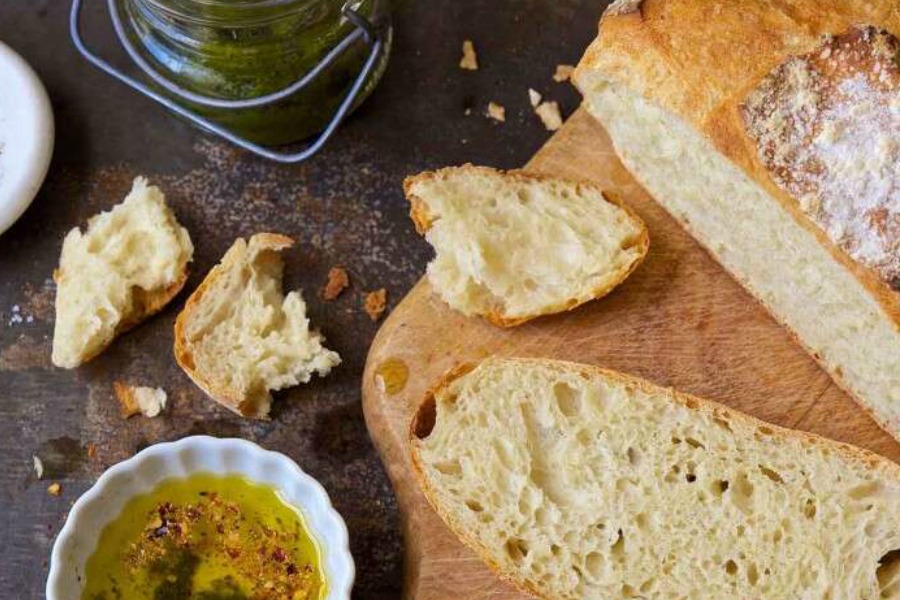
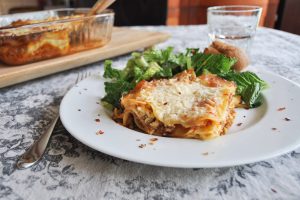
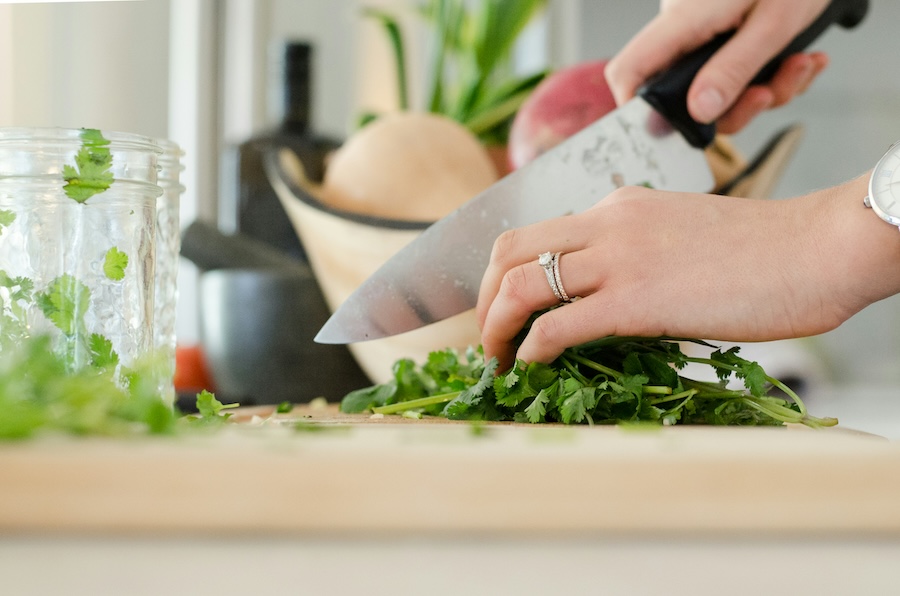


Never used yeast before, want to learn some recipes.